Hammer Time: Not Fancy, Just Fleeting
While vacationing in the land of neverending chotchkies and kitsch, I came across Jack Baruth’s recent article on Captivas.
This second-tier Chevrolet is getting a stiff price premium at the auctions these days for two simple reasons.
1) GM is willing to throw more financing at this vehicle than it’s actually worth… at least the first 50 coming through their auctions.
2) There will likely be at least 50 people willing to pay that premium, and then some. Just to have any late model vehicle.
The first reason is nothing more than an old trick used by manufacturers for decades on end at the auctions. Limit supply. Finance aggressively. Hope that the ever larger loads of off-lease and rental vehicles that follow can hit a similar price premium.
Other than a few early victories, the manufacturer has to bow down to the limits of their dealer network and financing arm. Then the independent dealers enter the fray and the price finds an equilibrum that may yield profits for everyone. From the bean counters, to the shareholders, to the consumers. Everyone wins!
Except, in GM’s unique case, the Captiva has been a fleet-only vehicle. Which brings on the question. Do fleet-only models make sense?
On the “Pro” side you have three big dollar signs.
$: Fleet only vehicles allow you to amortize the costs of an old model so that it still pays for you to produce it.
This can be a blessing for loyalists (Town Cars, old style F150’s, ), federalists (Crown Vic Police Interceptors and government issued Impalas), frugalists (overproduced Metros and Escorts from the Y2K era), and mediocrit-ists (Chevy Malibu Classic circa 2004 & 2005)
$$: The ‘new’ model can receive a healthier retail price and resale value. Since the old model is focused on those who value price and ownership costs.
The retail vehicle is given more features and a higher MSRP. While the fleet model is decontented to meet the transport needs of rental car companies, government agencies, transport and courier firms, and limo operators.
Cannibalization between the two models is virtually eliminated if this is done right. The retail model gets profits from the higher end of the market while the fleet vehicle fulfills the more pedestrian needs of the lower end.
$$$: Social equity of the brand improves to the point where each model is now seen as a market leader.
Equinox/Terrain + Capitva = Market leader!
Ford Taurus + Crown Vic/Grand Marquis = Not Great… But Okay…
New Malibu/Aura/G6 + Oprah Giveaway + Chevy Malibu ‘Classic’ = New Ownership! Clean Balance Sheet! $$$$$$$$!!!
This brings us to the Achilles Heel of this theory. Reputation.
Can any automaker build and sustain a two-tiered retail and fleet strategy, using two different models, without it eventually harming their overall reputation in the long run?
This is not an easy question to answer. But hopefully the Best & Brightest can shed some light into the darkest of possibilities.
More by Steven Lang
Latest Car Reviews
Read moreLatest Product Reviews
Read moreRecent Comments
- Spectator Wild to me the US sent like $100B overseas for other peoples wars while we clammer over .1% of that money being used to promote EVs in our country.
- Spectator got a pic of that 27 inch screen? That sounds massive!
- MaintenanceCosts "And with ANY car, always budget for maintenance."The question is whether you have to budget a thousand bucks (or euro) a year, or a quarter of your income.
- FreedMike The NASCAR race was a dandy. That finish…
- EBFlex It’s ironic that the typical low IQ big government simps are all over this yet we’re completely silent when oil companies took massive losses during Covid. Funny how that’s fine but profits aren’t. These people have no idea how business works.
















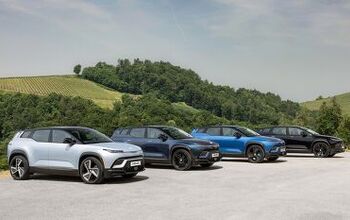
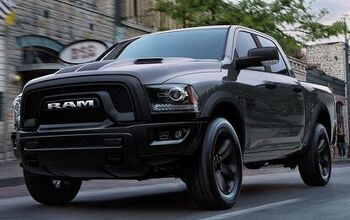

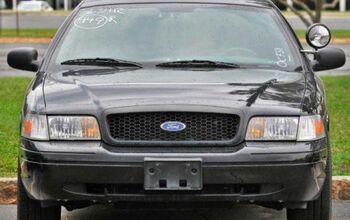
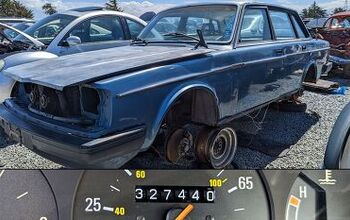
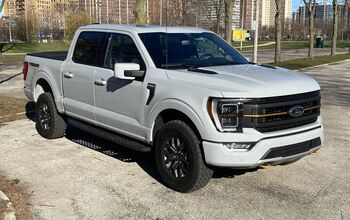
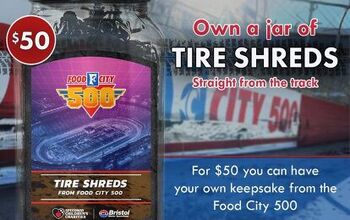
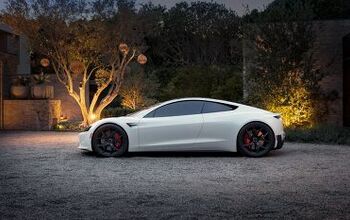
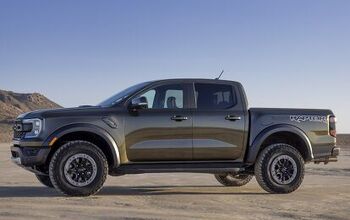
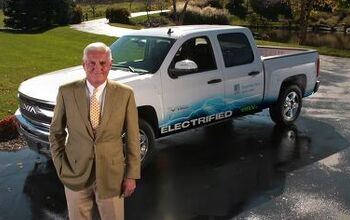
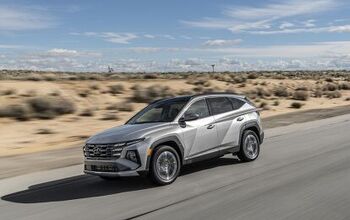
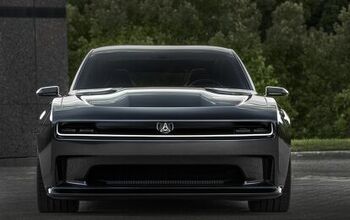


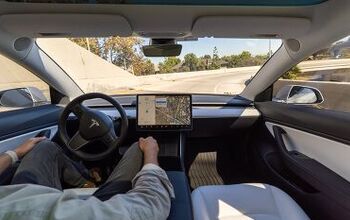
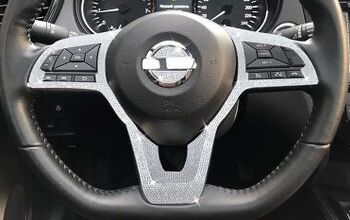
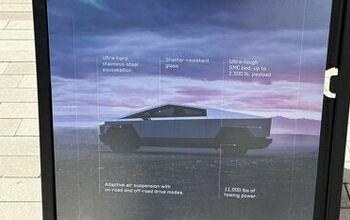
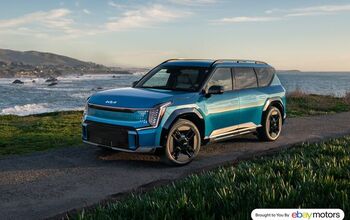
Comments
Join the conversation
I think the only way GM or any other seller in the US market could do this is to use models not currently sold here. I guess I see the logic of using the Captiva in this manner, but only if it provides the end user with a great experience. The same issue would be had with any car(s) chosen for the same duty. But points brought up by other posters are valid, and probably override what few benefits GM would get from this experiment. The fact that if they like the car, they can't get one new, or that it could potentially cast a shadow over the rest of the product line. Addtionally, the duplicate assembly and engineering issues I would imagine would negate some of the benefits too, although since the Captiva is already here, I can see why they went ahead with it. To put it plainly, no, a separate rental brand is a bad idea.
I had a great idea several years ago when the old Taurus was going out of production and the plant going to be torn down. I told my buddy that we should lease the Atlanta plant from Ford, lease the work force, and lease the equipment. Call our enterprise, RENTACARCO LLC. Make rental Tauruses and only sell to fleets. At the end of the rental term, buy them back cheap and crush them. Scrap metal is used to build new rental Tauruses. Ford is happy because they don't have to buy out workers, the rental car guys are happy because they have a constant source of cheap cars. Wait, there's more. We get rich by paying ourselves a "special dividend" like the one Hertz paid to its vulture capital partners, then the go public with an IPO and really cash out. When the whole thing goes KABOOM two years later, we don't care. And no, I've never worked for Ford.